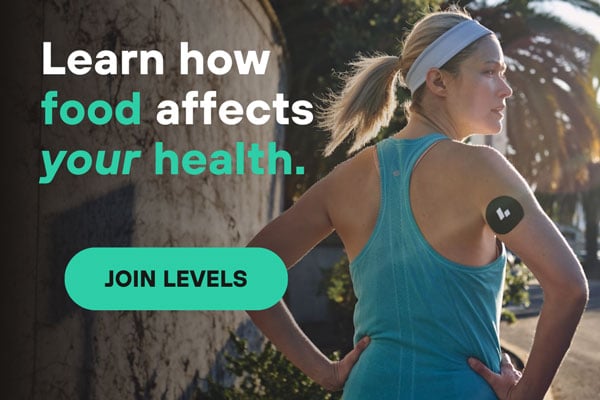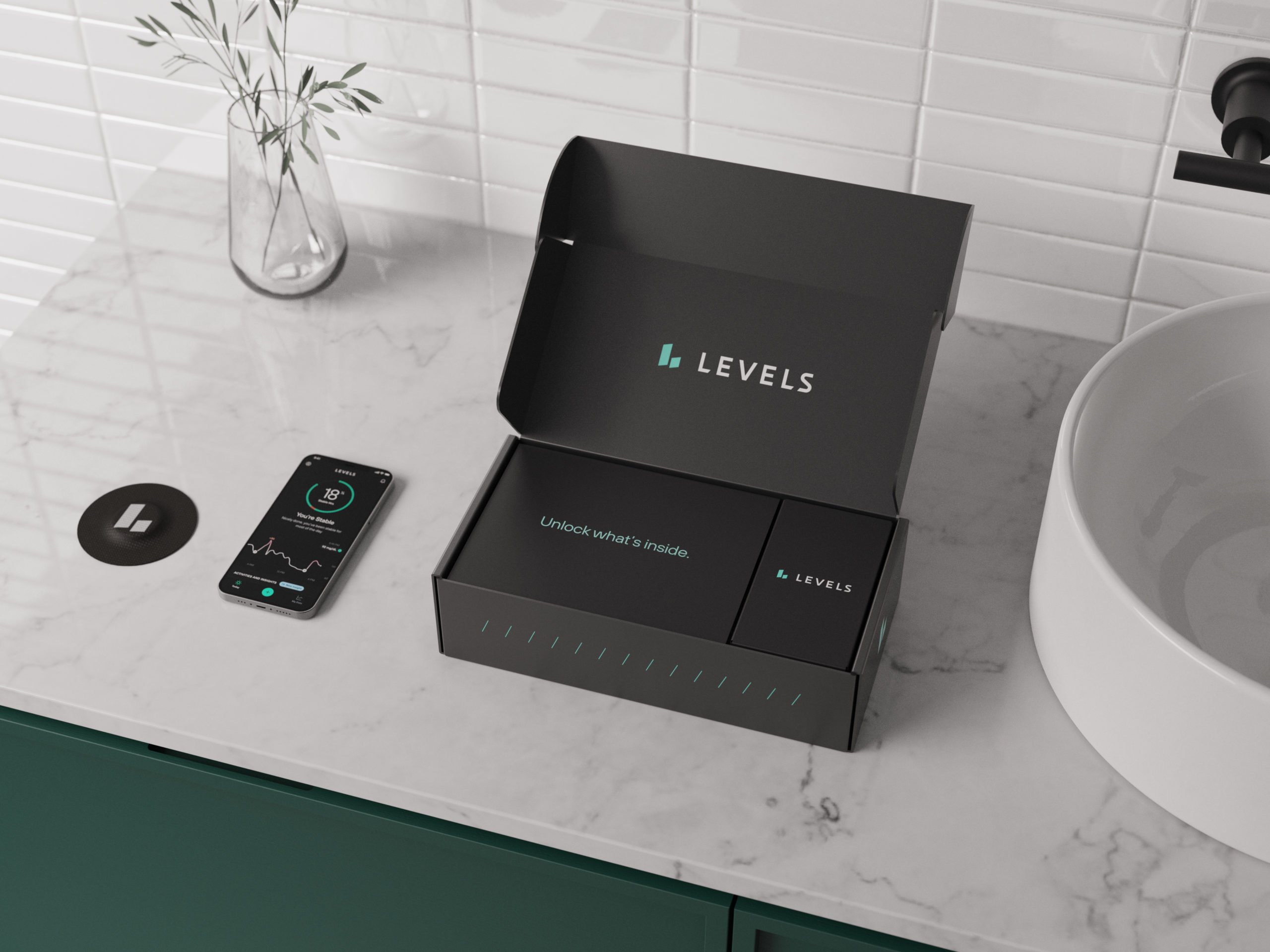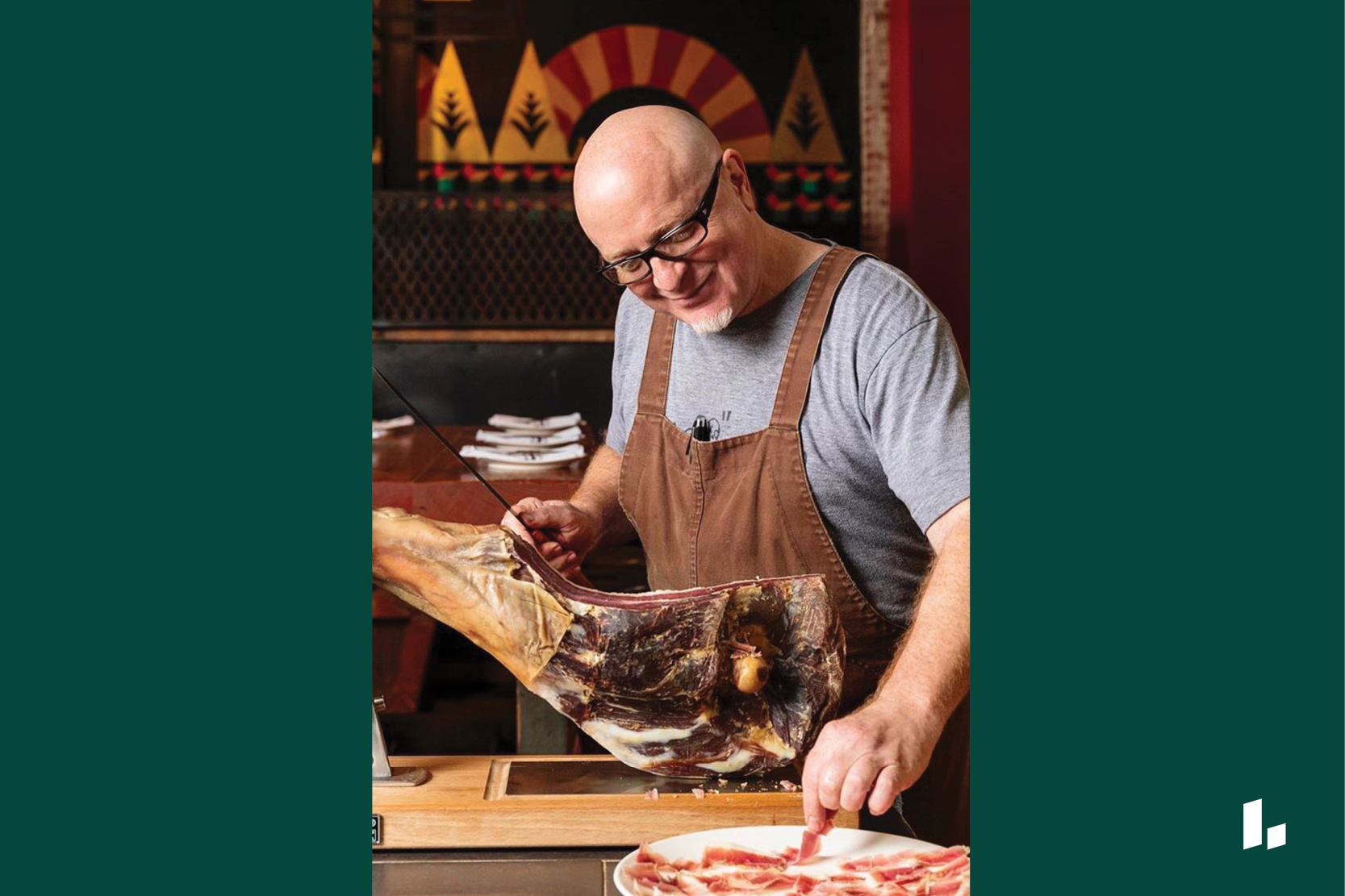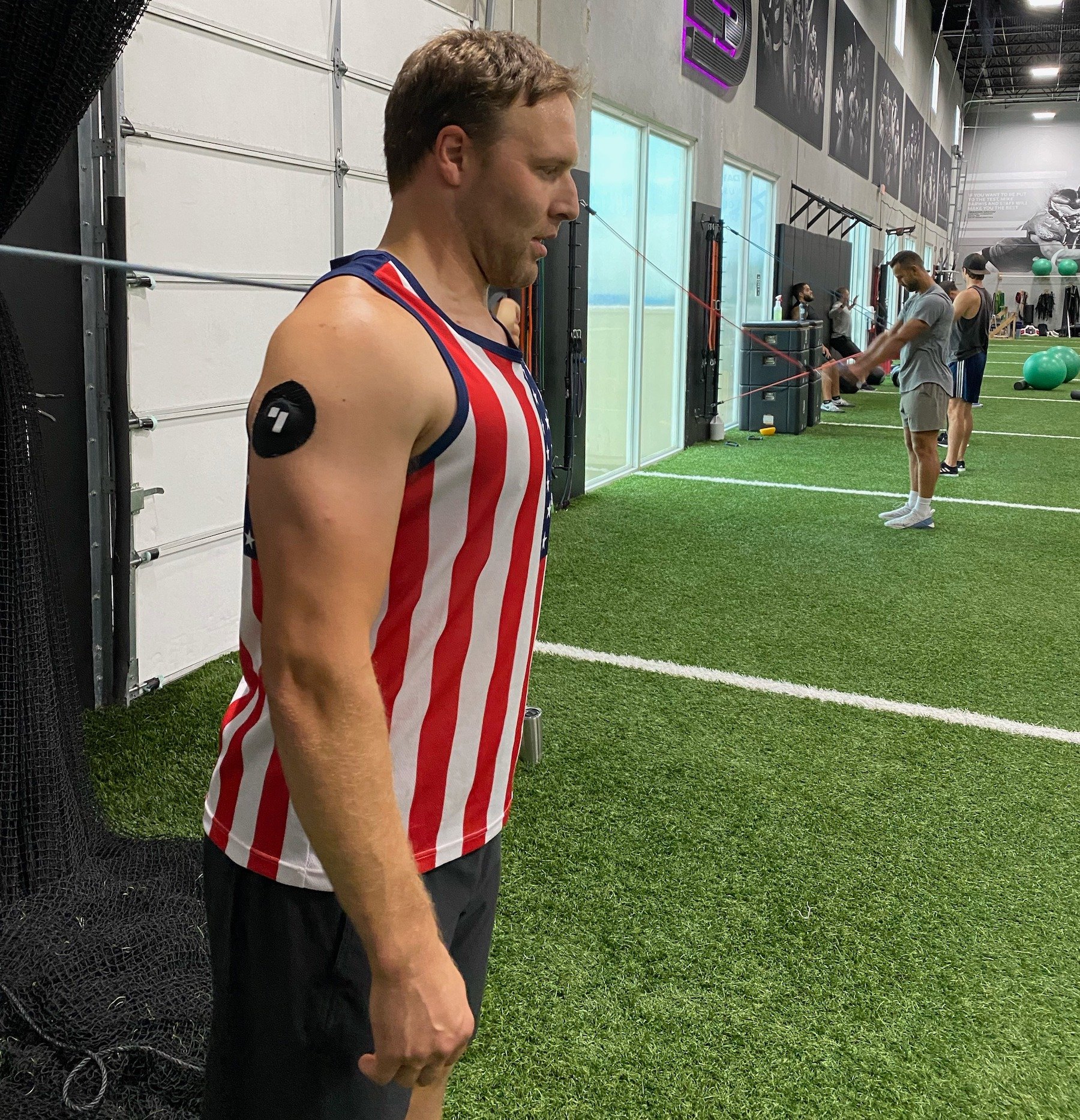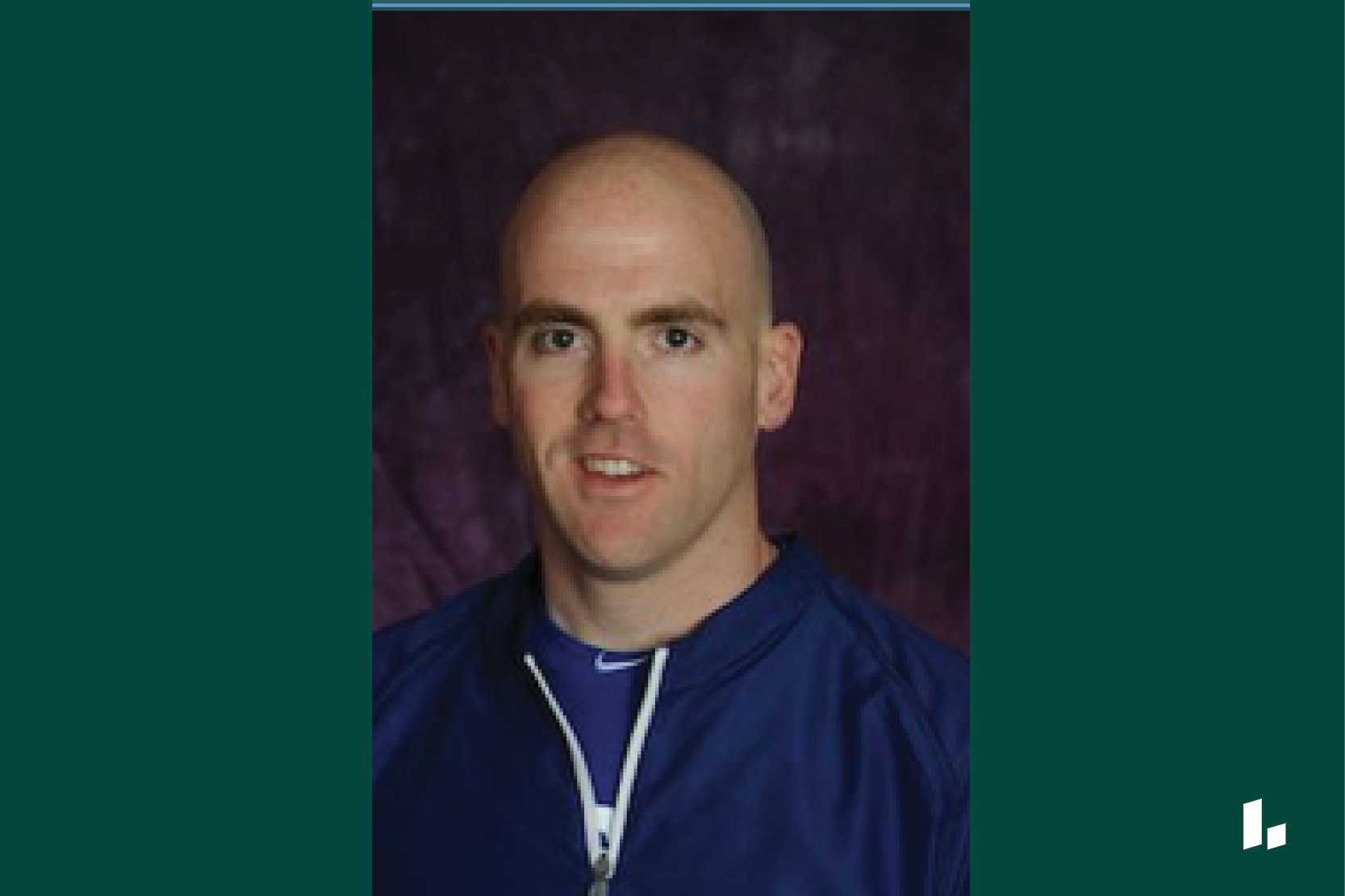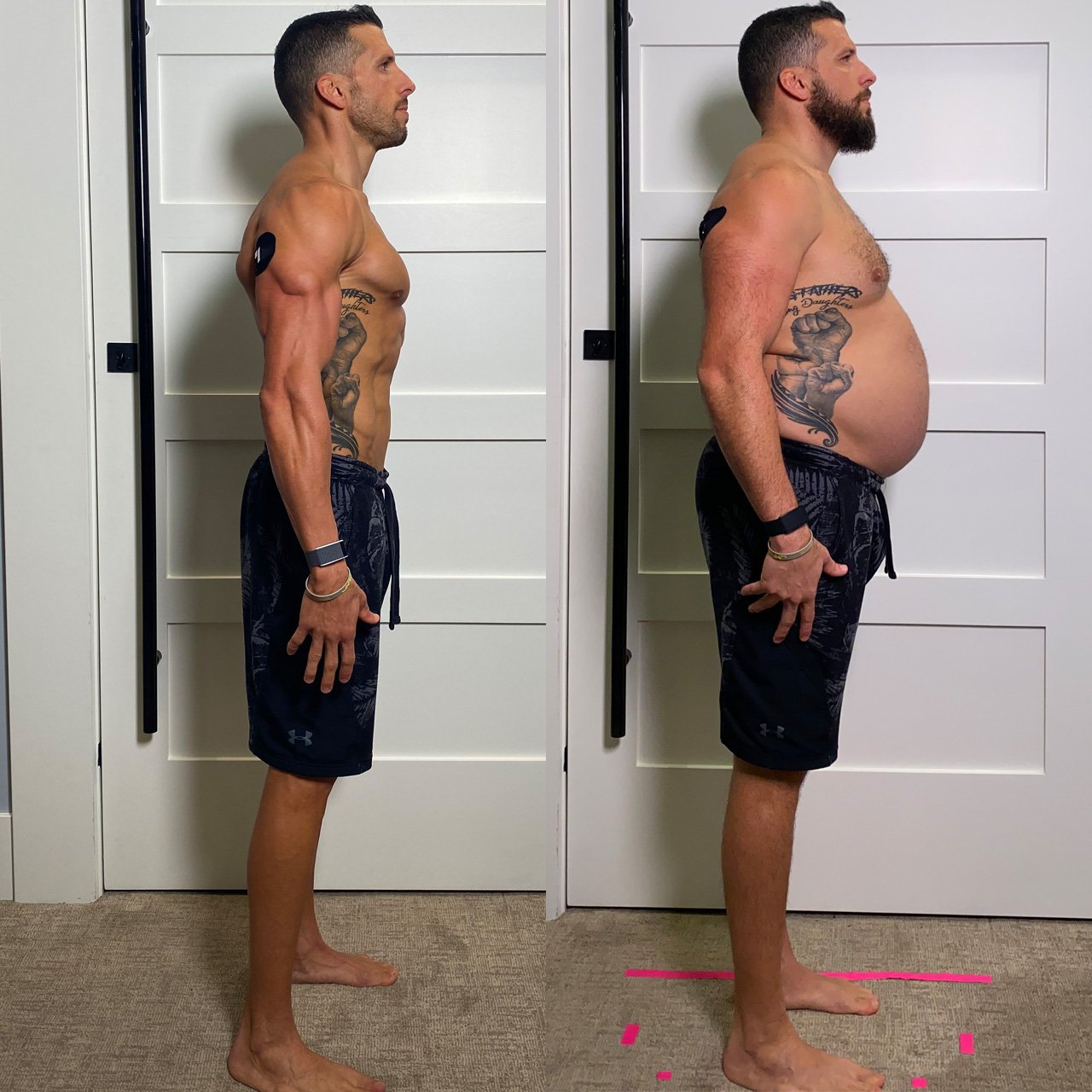Member Profile:
Who: Michael Keller, 40
Where: San Francisco
Time with Levels: Two years
Most Useful Takeaway: Air travel is always a struggle for Michael, and eating any airplane food causes a spike. He tries to bring nuts with him to snack on.
1. What was your health like before using Levels?
I was definitely more on the health-minded side. Even though I have a family history of diabetes, I have made different decisions around nutrition and exercise. For example, I was lifting weights about four days a week, plus doing interval training. So, I was not worried about developing Type 2 diabetes. But I was interested in monitoring my blood sugar, and this was something I had talked to my doctor about.
2. What made you want to put a CGM on your arm?
I first heard about Levels on the Peter Attia Drive podcast. For me, the motivation was health optimization. I like a data-driven approach to health.
One thing I had in mind—and this is something I tell people now—is that your blood sugar is worth being conscious about. You don’t want to wait until you’re prediabetic or diabetic to course-correct. Coincidentally, about a month before I started using Levels, I was able to get a CGM through my doctor.
So, I had been monitoring my blood sugar, but I could only do so by checking glucose readings on my phone or watch. I didn’t have a program that allowed me to track data as Levels can.
Learn more:
3. What did you learn initially about your eating habits when wearing the CGM?
I found that bananas and grapes are foods I should just stay away from. I never really ate a bowl of grapes, but my blood sugar would go crazy even if I only ate 10 or mixed them with another fruit.
Another big struggle for me was complex carbohydrates. I found that I can’t have even a small amount of rice or potatoes without seeing a significant glucose response. There are not a lot of complex carbs that I tolerate well, which was frustrating. As a result, I try to eat a reasonably low-carbohydrate diet.
The biggest struggle is going to a restaurant. So I make almost all of my food at home. I lean into eating lots of vegetables and healthier fats, such as avocado. If I do go out, I might try to eat nuts beforehand to help mitigate a spike, and then I’ll ask for roasted vegetables instead of the carb.
4. How have non-food factors played into your blood sugar control?
If I do a hard Peloton ride, my sugar drops by quite a bit, sometimes to 60 or 70 mg/dL. It’s a level that would seem alarming, although I feel fine and don’t feel like I have a crash. When I lift weights, my blood sugar doesn’t change that much. That might have something to do with my pre-workout supplement, which has a small number of carbohydrates.
Also, taking a brisk walk after eating a dessert makes a difference in my blood sugar. I go out for at least 20 minutes but like a 40-minute walk. Unfortunately, it’s not much of a walk if I’m taking my dog out. She’s a sniffer and a stopper.
5. You’ve used the CGM for about two years. What more are you hoping to learn from it?
One, I like the reminder to stay on track. For instance, air travel is always a struggle. Wearing the CGM reminds me that I will spike when I try to eat airplane food. Now, I try just to eat nuts.
Two, I still encounter foods for which I don’t have a good sense of how I will respond. We live close to my partner’s family. When we go there, I eat foods I’m unfamiliar with, and it’s interesting to see how I respond.
In addition, when I wear the CGM, I experience fewer crashes. There are fewer instances of feeling ‘hangry.’ Before, I could just feel generally crappy after eating some foods. The CGM provides this direct insight: ‘Hey, it’s not just that you happen to feel this way. It’s a result of what you ate an hour ago.’ With fewer crashes and effects on my mood, changing my habits to eat for more stable blood sugar has made me just a happier person in general.

